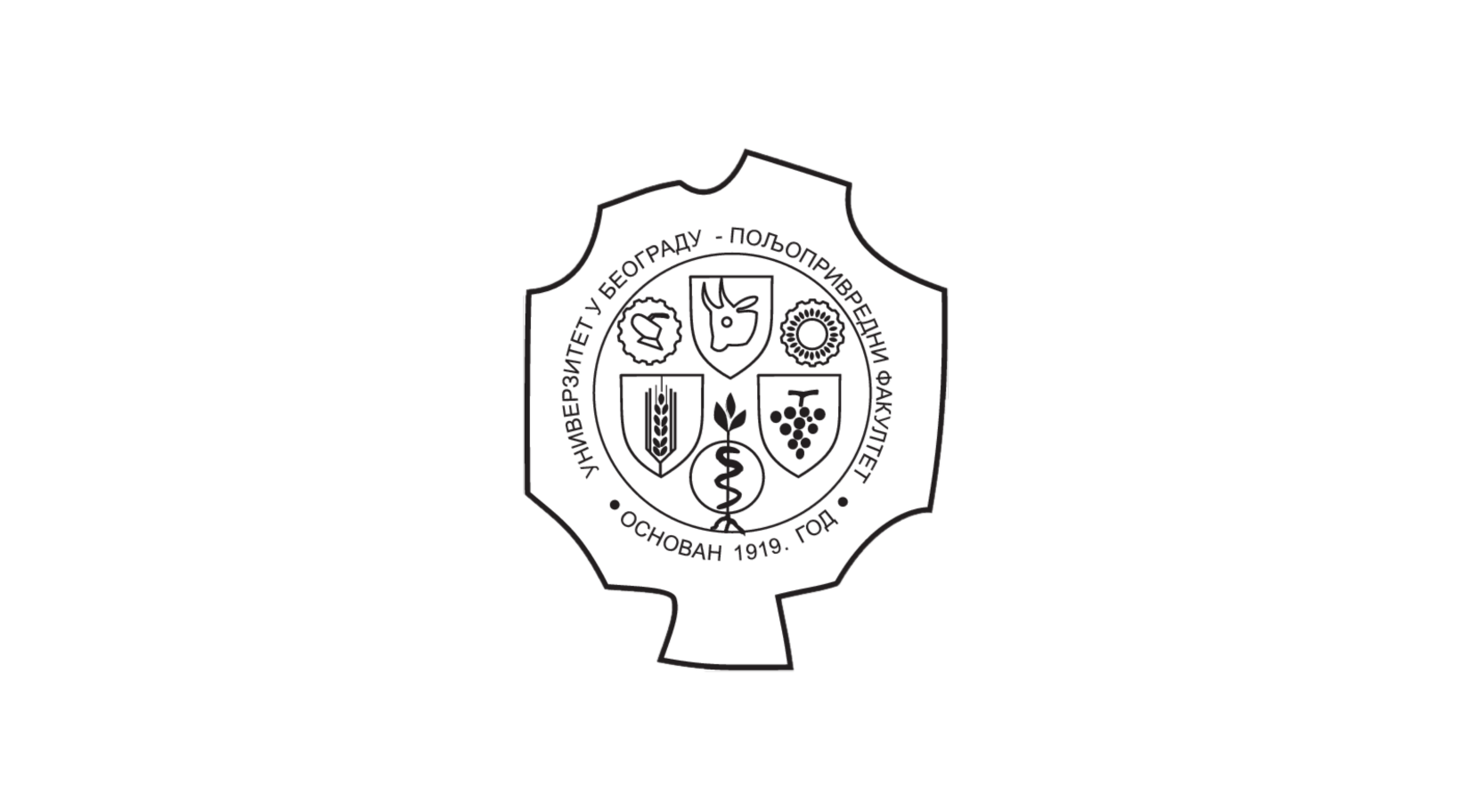Reformulation of Traditional Fermented Tea Sausage Utilizing Novel (Digital) Methods of Analysis
Само за регистроване кориснике
2022
Аутори
Simunović, StefanĐorđević, Vesna Ž.
Rašeta, Mladen
Lukić, Mirjana
Lorenzo, José M.

Đekić, Ilija

Tomašević, Igor

Чланак у часопису (Објављена верзија)
Метаподаци
Приказ свих података о документуАпстракт
The main objective of this paper was to investigate the effect of fat reduction on different quality traits of tea sausage. This study also aimed to deploy the following digital methods of analysis: three-dimensional (3D) laser imaging, computer vision system and oral processing. Three batches of tea sausage with different amounts of pork back fat were manufactured: control (25%), medium fat (17.5%) and low fat (10%). Samples for the analyses were taken on the production day and after 7, 14, 21, 28 and 35 days of ripening. The fat level significantly influenced shrinkage, texture, pH, aw, moisture and ash contents, peroxide value, acid number, number of chewing strokes, consumption time, eating rate and fat intake rate. Oxidative stability, colour and microbiological parameters were not affected by fat reduction. The results of the sensory analysis showed that the fat level can be reduced to 17.5% without negatively affecting the quality and sensory properties of the product. The ripen...ing time of the fat-reduced tea sausage should be reduced to 28 days. A strong correlation between shrinkage and weight loss suggests the possibility of using 3D laser imaging in predicting weight loss and moisture content of dry sausages.
Кључне речи:
tea sausage / 3D / computer vision / fat reduction / fermented sausage / oral processingИзвор:
Foods, 2022, 11, 8, 1090-Финансирање / пројекти:
- Министарство науке, технолошког развоја и иновација Републике Србије, институционално финансирање - 200050 (Институт за хигијену и технологију меса, Београд) (RS-MESTD-inst-2020-200050)
DOI: 10.3390/foods11081090
ISSN: 2304-8158
WoS: 00078502380000
Scopus: 2-s2.0-85129087945
Институција/група
Poljoprivredni fakultetTY - JOUR AU - Simunović, Stefan AU - Đorđević, Vesna Ž. AU - Rašeta, Mladen AU - Lukić, Mirjana AU - Lorenzo, José M. AU - Đekić, Ilija AU - Tomašević, Igor PY - 2022 UR - https://www.mdpi.com/2304-8158/11/8/1090 UR - http://aspace.agrif.bg.ac.rs/handle/123456789/6078 AB - The main objective of this paper was to investigate the effect of fat reduction on different quality traits of tea sausage. This study also aimed to deploy the following digital methods of analysis: three-dimensional (3D) laser imaging, computer vision system and oral processing. Three batches of tea sausage with different amounts of pork back fat were manufactured: control (25%), medium fat (17.5%) and low fat (10%). Samples for the analyses were taken on the production day and after 7, 14, 21, 28 and 35 days of ripening. The fat level significantly influenced shrinkage, texture, pH, aw, moisture and ash contents, peroxide value, acid number, number of chewing strokes, consumption time, eating rate and fat intake rate. Oxidative stability, colour and microbiological parameters were not affected by fat reduction. The results of the sensory analysis showed that the fat level can be reduced to 17.5% without negatively affecting the quality and sensory properties of the product. The ripening time of the fat-reduced tea sausage should be reduced to 28 days. A strong correlation between shrinkage and weight loss suggests the possibility of using 3D laser imaging in predicting weight loss and moisture content of dry sausages. T2 - Foods T1 - Reformulation of Traditional Fermented Tea Sausage Utilizing Novel (Digital) Methods of Analysis IS - 8 SP - 1090 VL - 11 DO - 10.3390/foods11081090 ER -
@article{
author = "Simunović, Stefan and Đorđević, Vesna Ž. and Rašeta, Mladen and Lukić, Mirjana and Lorenzo, José M. and Đekić, Ilija and Tomašević, Igor",
year = "2022",
abstract = "The main objective of this paper was to investigate the effect of fat reduction on different quality traits of tea sausage. This study also aimed to deploy the following digital methods of analysis: three-dimensional (3D) laser imaging, computer vision system and oral processing. Three batches of tea sausage with different amounts of pork back fat were manufactured: control (25%), medium fat (17.5%) and low fat (10%). Samples for the analyses were taken on the production day and after 7, 14, 21, 28 and 35 days of ripening. The fat level significantly influenced shrinkage, texture, pH, aw, moisture and ash contents, peroxide value, acid number, number of chewing strokes, consumption time, eating rate and fat intake rate. Oxidative stability, colour and microbiological parameters were not affected by fat reduction. The results of the sensory analysis showed that the fat level can be reduced to 17.5% without negatively affecting the quality and sensory properties of the product. The ripening time of the fat-reduced tea sausage should be reduced to 28 days. A strong correlation between shrinkage and weight loss suggests the possibility of using 3D laser imaging in predicting weight loss and moisture content of dry sausages.",
journal = "Foods",
title = "Reformulation of Traditional Fermented Tea Sausage Utilizing Novel (Digital) Methods of Analysis",
number = "8",
pages = "1090",
volume = "11",
doi = "10.3390/foods11081090"
}
Simunović, S., Đorđević, V. Ž., Rašeta, M., Lukić, M., Lorenzo, J. M., Đekić, I.,& Tomašević, I.. (2022). Reformulation of Traditional Fermented Tea Sausage Utilizing Novel (Digital) Methods of Analysis. in Foods, 11(8), 1090. https://doi.org/10.3390/foods11081090
Simunović S, Đorđević VŽ, Rašeta M, Lukić M, Lorenzo JM, Đekić I, Tomašević I. Reformulation of Traditional Fermented Tea Sausage Utilizing Novel (Digital) Methods of Analysis. in Foods. 2022;11(8):1090. doi:10.3390/foods11081090 .
Simunović, Stefan, Đorđević, Vesna Ž., Rašeta, Mladen, Lukić, Mirjana, Lorenzo, José M., Đekić, Ilija, Tomašević, Igor, "Reformulation of Traditional Fermented Tea Sausage Utilizing Novel (Digital) Methods of Analysis" in Foods, 11, no. 8 (2022):1090, https://doi.org/10.3390/foods11081090 . .


